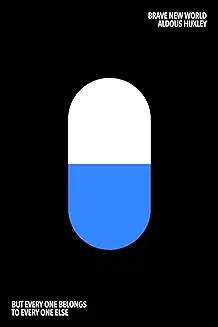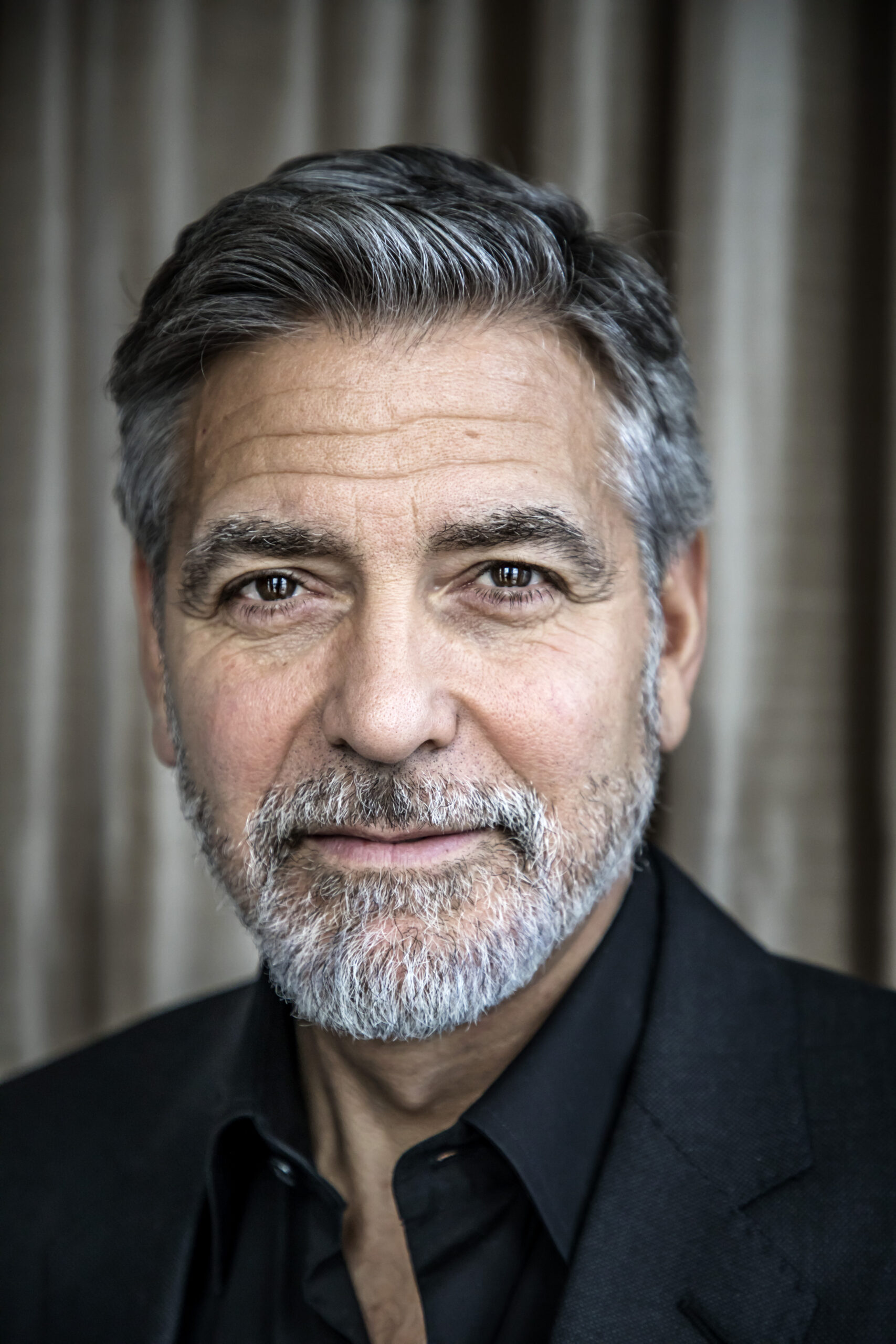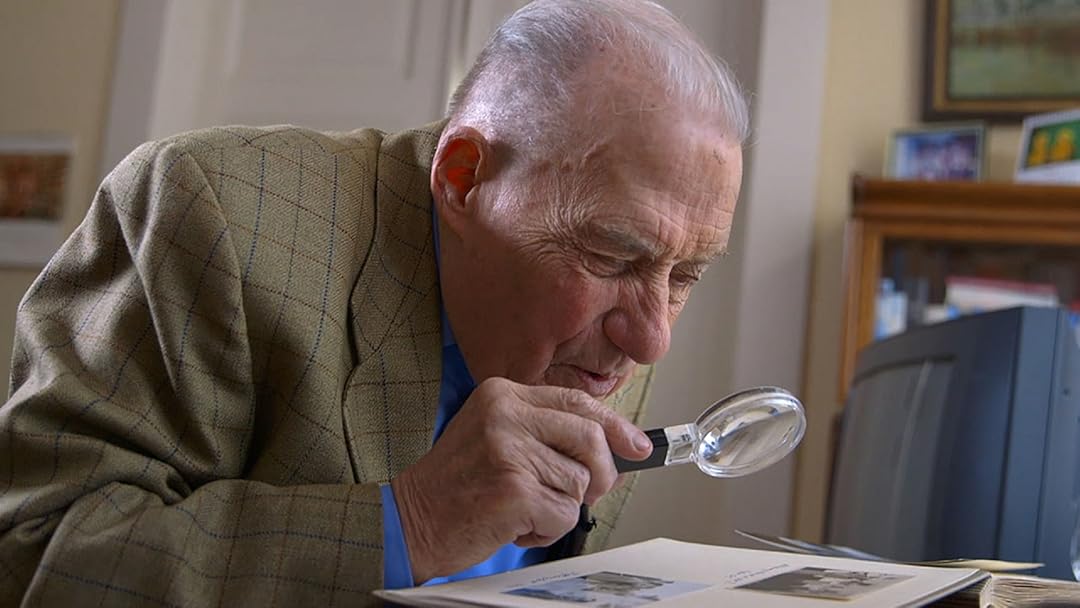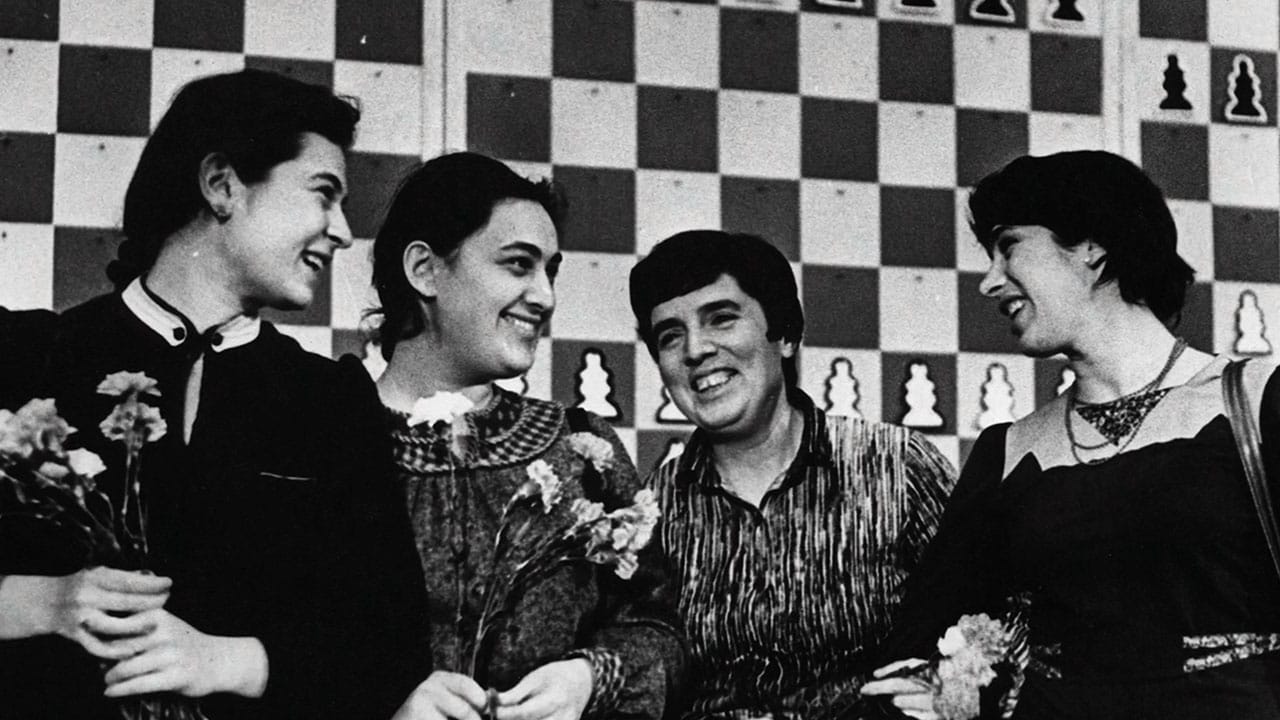Keywords: Political revolution, Economic inequality, Racial injustice, Bernie Sanders, 2016 presidential race, Progressive movement, Donald Trump, American politics, Corruption, Activism.
Three words: Provocative, Eye-opening, Informative.
Introduction
"Waking the Sleeping Giant: The Making of a Political Revolution", directed by Jon D. Erickson and Jacob Z. Smith, was released in 2017. The documentary delves into the attempt to build a progressive movement in the United States in the 21st century, set against the backdrop of the significant 2016 presidential race.
Synopsis
The documentary follows the journey of five extraordinary individuals wrestling with persistent racial injustice, growing economic inequality, and the corrupting influence of money in politics. The narrative moves from Bernie Sanders' presidential campaign to a local race in economically struggling rural West Virginia, from a mass sit-in on the U.S. Capitol steps to racially charged police commission hearings in Los Angeles. The film seeks to make sense of this defining moment in American politics, exploring the widespread discontent during the 2016 election cycle, Donald Trump's unexpected victory, and the challenges lying ahead for those intent on building a reinvigorated progressive movement.
More Film Analysis
Analysis
The documentary employs a unique and engaging style, combining in-depth interviews, on-ground reporting, and historical context. It presents a comprehensive view of the political landscape during the 2016 election, showcasing the depth of research and exploration of the subject.
Historical and Factual Context
"Waking the Sleeping Giant" presents a detailed historical context, exploring the roots of the current political issues, such as the influence of money in politics, racial injustice, and economic inequality. It illustrates how these issues have evolved over time and their impact on the 2016 election.
Key themes in the film
- Persistent racial injustice
- Economic inequality
- Influence of money in politics
- Challenges of building a progressive movement
- The 2016 Presidential race and its aftermath
Film Comparisons
"Waking the Sleeping Giant" can be compared to other political documentaries like "13th" for its exploration of racial injustice and "Capital in the Twenty-First Century" for its examination of economic inequality. However, its unique focus on the making of a political revolution sets it apart.
Noteworthy Moments
The mass sit-in on the U.S. Capitol steps and the racially charged police commission hearings in Los Angeles are among the significant moments in the documentary. These scenes highlight the activism and resistance against the status quo.
Reviews
This documentary has been lauded for its incisive analysis of the 2016 election and the political climate in the United States. Critics praise it as a "thought-provoking exploration of the state of American politics".
Conclusion
"Waking the Sleeping Giant: The Making of a Political Revolution" provides a comprehensive, insightful view into the state of American politics, economic disparity, and racial inequality. It is a must-watch for those interested in understanding the current political scenario and the potential for a progressive revolution.
More film information:
FILM SUMMARY
- Genre: Documentary
PERSONALITIES
- Bernie Sanders: U.S. Senator from Vermont and 2016 presidential candidate
- Other Activists: Five remarkable individuals fighting against racial injustice, economic inequality, and political corruption
LOCATIONS
- Bernie Sanders' presidential campaign trail
- Rural West Virginia
- U.S. Capitol
- Los Angeles police commission hearings
Key Questions Raised by the Film:
- What are the key challenges in building a progressive movement in the United States?
- How has economic inequality and racial injustice influenced American politics?
- What role does the influence of money play in political decision-making?
- What lessons can be learned from the 2016 presidential race?
Links for Further Exploration:
I wonder what the film would be in another art form



- If this film was a famous book, which one would it be? "1984" by George Orwell for its critique of authoritarianism
- If this film was a famous song, which one would it be? "Blowin' in the Wind" by Bob Dylan for its questioning of social injustices
- If this film was a famous piece of art, which one would it be? "Guernica" by Pablo Picasso for its depiction of the chaos and suffering caused by political conflict
- If this film was a famous celebrity, who would it be? George Clooney for his activism and political involvement
- If this film was a color, which one would it be? Red, symbolizing revolution and change
- If this film was a music style, which one would it be? Folk music, known for its storytelling and social commentary








